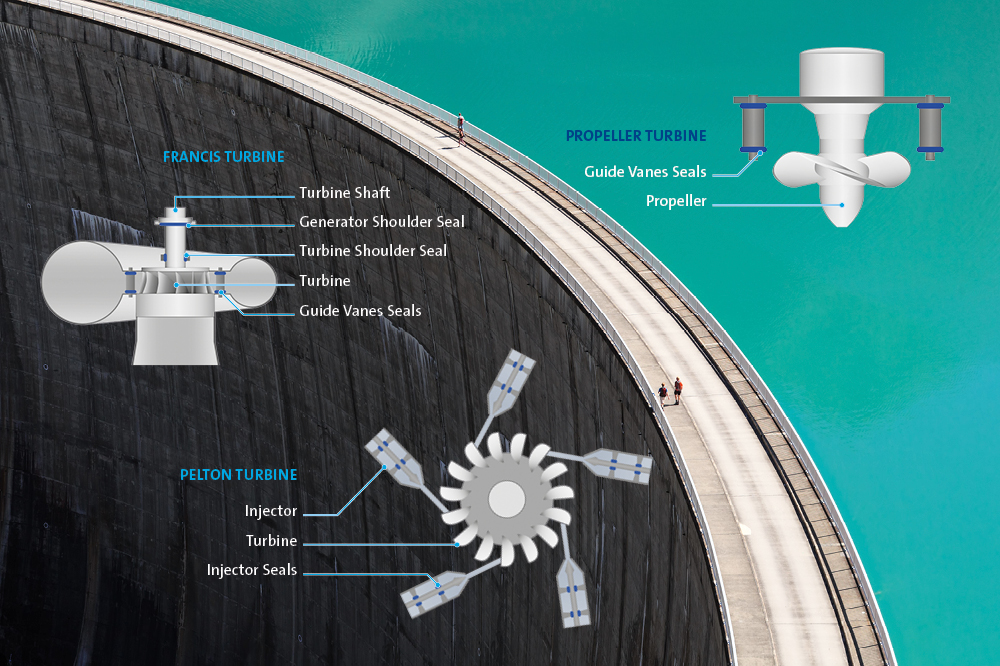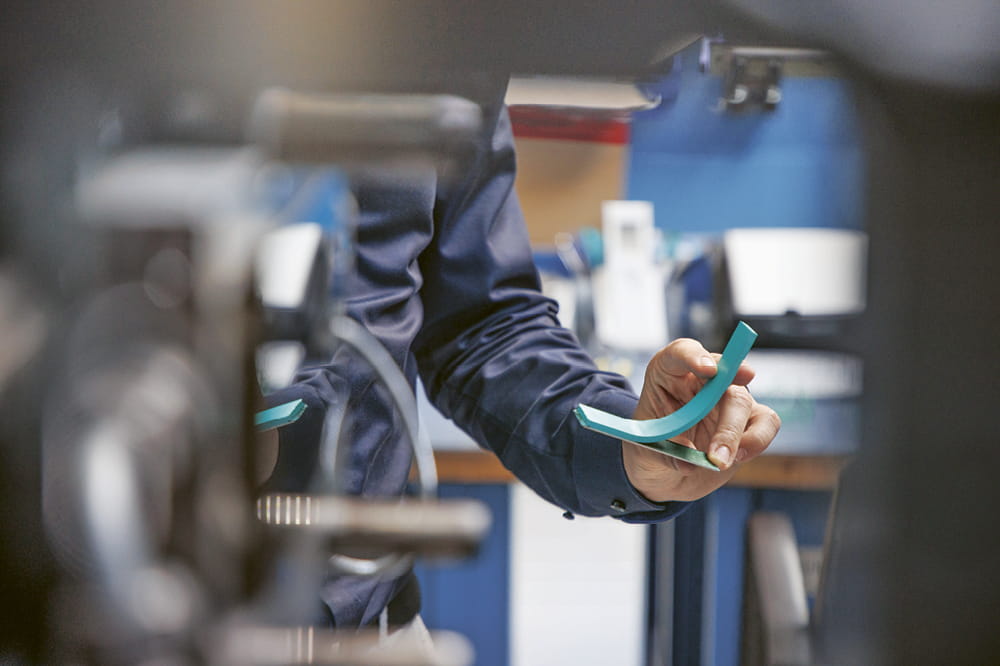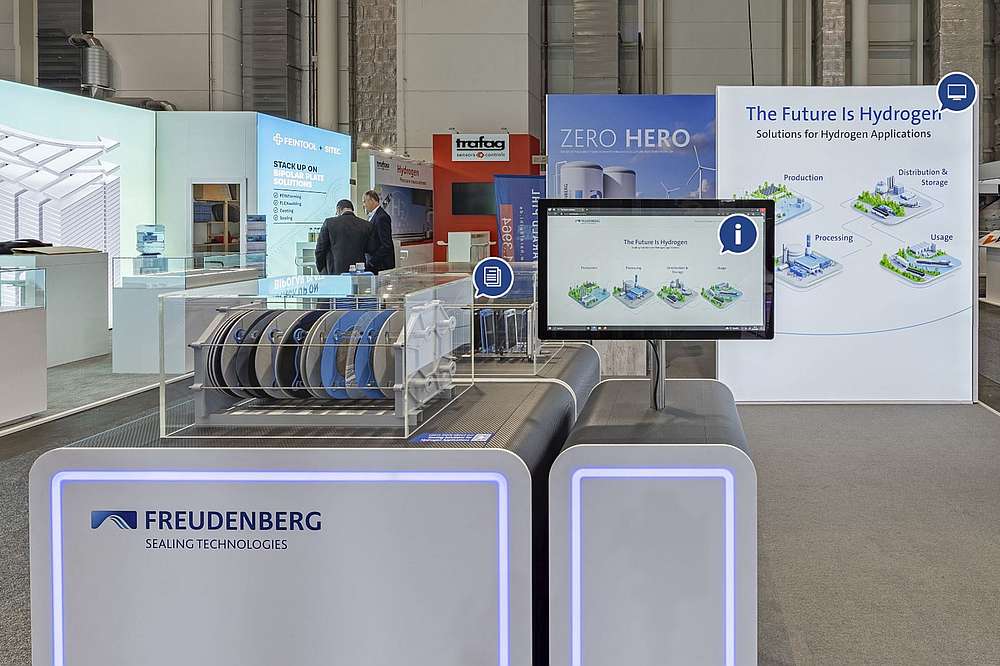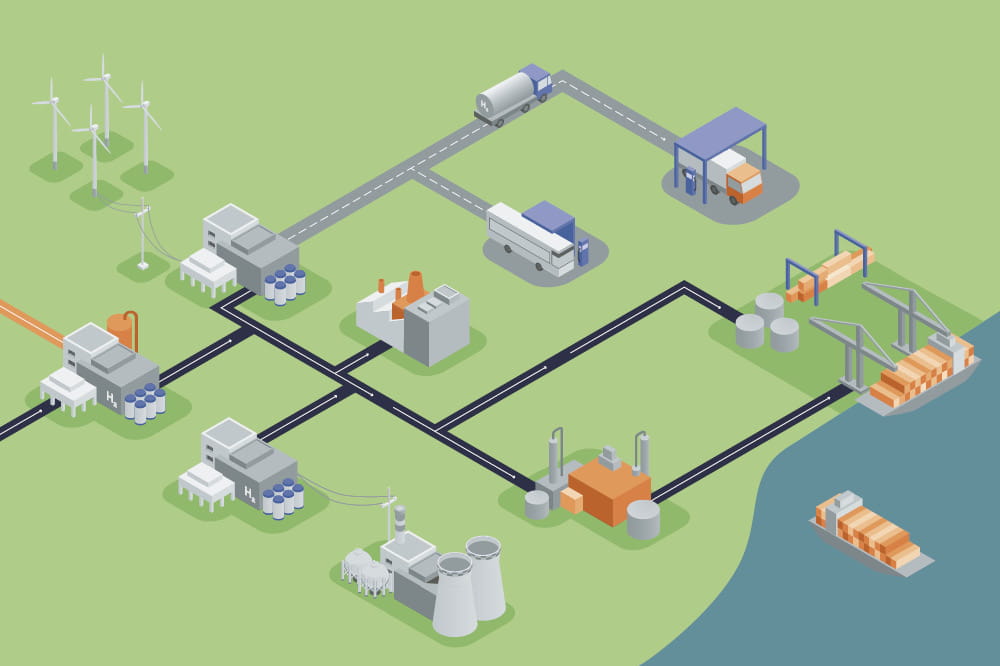Obtain news and background information about sealing technology, get in touch with innovative products – subscribe to the free e-mail newsletter.

15.10.2019 | Story
Into Orbit with Plastics
What would we be missing out on without satellites? Precision navigation, reliable weather forecasts and, of course, the live transmission of news from around the world. Fairly small rockets are getting more attention as a way to launch satellites. The advantage: They can be fueled cheaply and easily with plastics, among other substances.
The construction of launch vehicles for space flight was long the exclusive sphere of governmental organizations. But this monopoly is coming apart as the commercial space industry grows. It sometimes focuses on smaller, less expensive launch vehicles. That trend coincides with the use of relatively small yet high-performing satellites. These cube satellites are designed to complete their missions over a relatively short period, about three years, and then new mini-satellites replace them. The shortened cycles guarantee that the latest state-of-the-art technologies can be considered for new satellites.

Hybrid Rockets as a Viable Future Option
A range of propulsion options are considered for the rockets that launch mini- satellites. Hybrid solutions using both solid and liquid fuels appear especially promising. One function of the liquid propellants is to supply the oxygen needed for a reaction. Liquid oxygen, laughing gas or hydrogen peroxide are well-suited for this. The latter breaks down into oxygen and water, which makes the chemical a clean and ecologically sound option. The buzzword here is green rocketry.
Rocket Fuel, Not Plastic Bottles
One potential solid fuel under consideration might amaze non-experts at first glance. Among other options, polyethylene is highly suited for use in hybrid rockets, though it is commonly used in plastic bottles, plastic bags and packaging. In combination with an oxidizer, it can provide enough thrust to send small satellites into space. The advantage: The fuels are inexpensive and readily available while posing no handling hazards. They are enabling private companies to play a role in the aerospace sector.
Trimming Weight with Plastics
Since every kilogram counts during rocket launches, plastic lends itself to the manufacture of rockets, in payload modules, for example. Heavy-duty carbon fiber, which is both tough and lightweight, can play out its strengths in these applications. In the aerospace industry as well as other sectors, plastics are proving to be versatile – in the rockets’ fuel tanks and other structures.
Plastic is our current focus. We deal with single-use plastic as a burden – and how we can confront this problem – and the question of whether plastic could prove to be a solution. Read more on our special theme “Plastic – Breakthrough and Burden” in the November issue of our company magazine ESSENTIAL.
More news on the subject Sustainability

Join Us!
Experience Freudenberg Sealing Technologies, its products and service offerings in text and videos, network with colleagues and stakeholders, and make valuable business contacts.
Connect on LinkedIn! open_in_new








